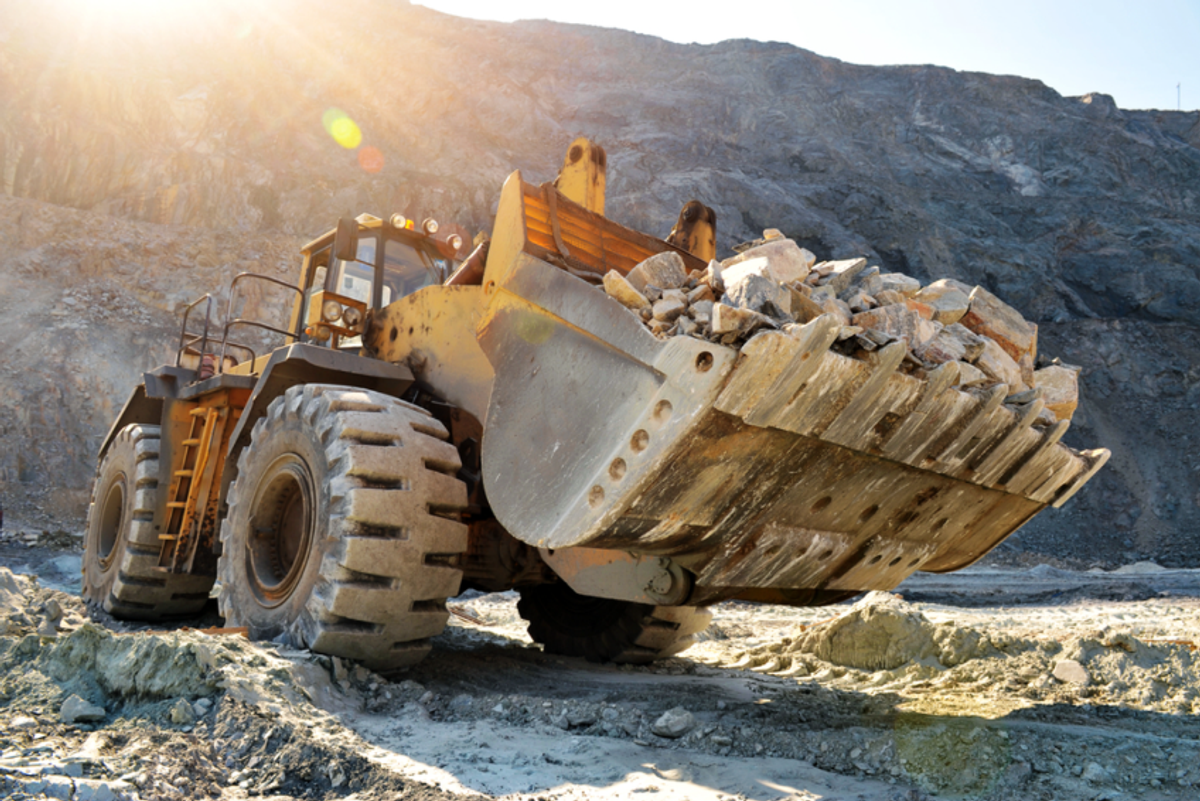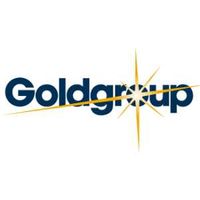How Investors and Mining Companies Benefit from Stockpile Projects

In addition to generating quick cash flow and funding further exploration, infrastructure and production initiatives, stockpiles can also be very advantageous from an investment standpoint.
Mining stockpiles are precisely what they sound like — a surplus of mined material, either accumulated on the surface or dug and piled for future use. They originate from a variety of factors, including supply temporarily outstripping demand, production without immediate access to a treatment plant or the acquisition of a previously mined project. Although they don't always contain mineable or renewable resources, there are many benefits to production when they do.
Aside from being one of the most efficient ways to restart a project, stockpiles are an incredibly effective way to store large quantities of material, and tend to exist in one of three forms.
The most generic stockpiles are made by standard bucket loading and dumping techniques. Ramp stockpiles, meanwhile, are constructed and piled high using a narrow ramp, making them optimal for storing very large volumes of material in a limited area. Finally, bin stockpiles store minerals in a row of three-sided bins, enclosed inside hard walls to keep types of material separate from one another.
When acquiring a stockpile, a company must assess both the economic value of the leftover resources and the geologic factors influencing their potential viability.
Typically, this starts with using drilling and density-sensing equipment. The data collected from that equipment is then used to calculate the stockpile's overall tonnage. Unfortunately, because of their irregular shape, measuring stockpiles in this fashion tends to be difficult, especially from the ground.
Recent advances in artificial intelligence and automation have rendered this much less of an issue. Paired with neural networks and machine learning, techniques such as drone photography and laser-based measuring are capable of outputting faster, more accurate estimates than ever. Automation also streamlines production, inventory management and refinement across the board.
In PricewaterhouseCoopers’ Mining Report for 2021, the analyst noted that digital transformation and automation are currently shaping the entire mining industry and will continue to do so for years to come. The top 40 largest mining companies profiled in that report have already taken great strides in that regard. Driven by COVID-19, they have not only embraced their adoption of automation and digitization, but accelerated it — thereby allowing them to open new avenues for both investments and capital.
Stockpile projects can finance future exploration
Stockpile mining projects can cover all types of metals and minerals. For instance, production at Energy Resources of Australia's (ASX:ERA,OTC Pink:EGRAF) Ranger uranium mine was done entirely with stockpiled ores from 2012 onward, when mining operations ceased. Although the mine has ceased production, until recently it was one of the top suppliers of the global energy market.
Situated 64 kilometers southeast of Phoenix, Arizona, the Cactus project is a brownfields copper mining operation wholly owned by Arizona Sonoran Copper Company (TSX:ASCU,OTCQX:ASCUF). Existing stockpiles will play a major part in onsite production, which has a targeted start date of 2024. In April 2022, Arizona Sonoran announced a strategic partnership with Rio Tinto (NYSE:RIO,ASX:RIO,LSE:RIO), part of which involved a strategic investment of up to C$30.5 million.
The build up of a stockpile requires careful treatment to ensure the right grade is correctly modeled and that the right value of the stockpile is reported on balance sheets. When calculated properly, companies like CMX Gold & Silver (CSE:CXC) can leverage revenue from stockpile resources to help finance further exploration and production.
CMX Gold & Silver is a junior silver and gold mining company that is currently working to reactivate the high-grade Clayton silver project in Idaho's Bayhorse mining district, situated in Custer County. The property, which is 100 percent owned by the company, covers roughly 276 hectares and contains extensive mineral stockpiles.
First discovered in 1877, the Clayton silver mine was historically one of the largest silver producers in the state. Records indicate that by the time mining operations ceased in 1986, the mine produced roughly 7 million ounces of silver, 86.8 million pounds of lead, 28.2 million pounds of zinc, 1.7 million pounds of copper and 1,454 ounces of gold. According to these same records, the mine may still contain over 227,000 metric tons (MT) of ore that has yet to be mined.
CMX estimates that the mine may contain many times more resources that have yet to be proven. Previous owners and operators engaged in very little exploration or development, which means there is significant potential for confirming and adding more mineral resources underground. Estimates for the mineral content of this stockpile range from 500,000 MT to 1,000,000 MT. Once this is achieved, the company will operate a mill with double to triple the capacity of the project's former mill, further increasing the potential value of the mine's resources.
Resulting from improvements in ore-sorting technology, many companies pursue this stockpile mining. The appeal of the opportunities to use existing, accessible resources spans multiple jurisdictions. In Nevada, the Terraced Hill Clay, New Discovery and Blanco projects are all stockpile based. This proven mining method has traction in Canada and in Australia, with interest in these prospects growing steadily.The takeaway
A company operating a stockpile mining project is positioned to generate cash flow by producing resources from a stockpile. Since the costly step of mining has already taken place, the company can focus on assessing the value of the resource as well as establishing a market for its future product. Investors can benefit when a company processes stockpile resources with a quick, low-cost mining operation.
This INNSpired article was written as part of an advertising campaign for a company that is no longer a client of INN. This INNSpired article provides information which was sourced by INN, written according to INN's editorial standards, in order to help investors learn more about the company. The company’s campaign fees paid for INN to create and update this INNSpired article. INN does not provide investment advice and the information on this profile should not be considered a recommendation to buy or sell any security. INN does not endorse or recommend the business, products, services or securities of any company profiled. If your company would benefit from being associated with INN's trusted news and education for investors, please contact us.




